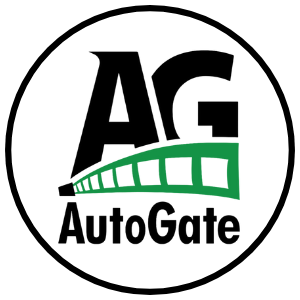Changes Coming to UL 325 for Gate Operators
By Rick Sedivy, DoorKing Director of Marketing and Regulatory Affairs,
and Tom DeSilvia, LiftMaster Director of Engineering for Regulatory and Test Services
Starting on Jan. 12, 2016, new UL 325 changes take effect, bringing a series of new mandates for
the gate operator industry. Here’s a quick guide to the key modifications.
- Entrapment-Protection Devices. Gate operators are required to have a minimum of two
independent means of entrapment protection where the risk of entrapment or obstruction
exists. A manufacturer can use two inherent-type systems, two external-type systems, or
an inherent and an external system to meet the requirement. However, the same type of
device cannot be used for both means of protection. - Monitoring Required. An external non-contact sensor or contact sensor may be used as a
means of entrapment protection. However, the sensor must be monitored once every cycle
for (1) the correct connection to the operator and (2) the correct operation of the sensor.
If the device is not present, not functioning, or is shorted, then the gate operator can only
be operated by constant pressure on the control device. Portable wireless controls will not
function in this case. - Entrapment Risk Identification. As in the past, it’s up to the installer to examine the
installation and determine where a risk of entrapment or obstruction exists. Manufacturers
are required to provide instructions for the placement of external devices, but they give
only examples of suggested entrapment protection in their installation manuals. If the
installer identifies a risk of entrapment or obstruction, at least two independent means of
entrapment protection are required. - Terminology Change. The terms “primary” and “secondary” have been removed in
the description of entrapment protection devices. This was done to emphasize that all
entrapment protection devices are equally important. - The End of Type E. Type E (audible alarm) devices can no longer be used for entrapment
protection. This change was made because the Type E device is really a warning device,
not an entrapment-protection device. Also, all gate operator classes are now required to
have an audio alarm that sounds when two successive obstructions are encountered via a
contact-type system. - Access Control Location for Emergency Use. An exception has been added in the
manufacturer’s instructional requirements for the location of controls that operate the gate.
The instructional requirements state that these controls must be at least 6′ away from
any moving part of the gate. In the new exception, “Emergency access controls only
accessible by authorized personnel (e.g., fire, police, EMS) may be placed at any location
in the line-of-sight of the gate.” - Barrier-Arm Operator Exception. An exception has changed for barrier-arm gate
operators requiring entrapment protection. The previous exception stated that a barrier-arm
operator did not require entrapment protection if the arm did not move toward a rigid
object closer than 2′. The distance has been reduced to 16″ so it more closely aligns with
the industry-defined entrapment protection provisions in ASTM F2200. - Gate Operator Class II and Class III Definitions. The definitions for installation classes
for gate operators were modified. Class II now includes commercial locations accessible
to the general public. Class III was refined to specify industrial locations not accessible
to the general public. These changes, while seemingly minor, may affect which gate
operator is suitable for a particular installation location.
[embeddoc url=”https://www.autogate.com/wp-content/uploads/2016/01/2016_UL325_Changes_Fall2015.pdf”]

